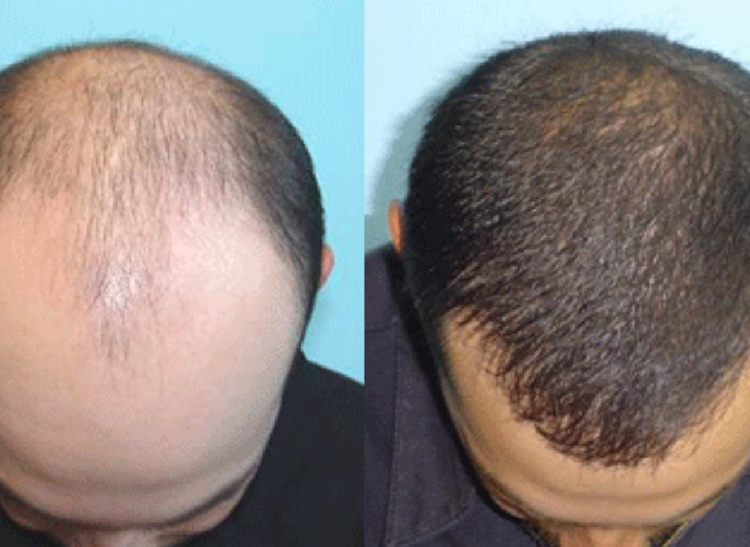What is PRP?
It is platelet-rich plasma.Platelet-rich plasma is kind of like your own body’s form of regenerative medicine. And so, imagine when you’re little, when you skin your knee the clear stuff that comes to the surface of that wound, that’s your plasma. It has all of your growth factors in it – your healing mechanisms – and so in dermatology they use that to help your hair grow thicker when injected into the scalp. It is microneedled into your skin to help you stimulate lots of collagen production. It is even injected in your tear troughs to brighten up underneath there, to thicken that skin. PRP is used and loved by many and very specific PRP for cosmetic and skin rejuvenation.
Different uses for PRP:
In most PRP processes a certain type of separator tube is used that removes all the pro-inflammatory cells. So you hear PRP being used all over the place. It’s used in orthopedics to kind of heal joint injuries or to delay getting maybe a knee replacement or a hip replacement. Those kinds of things, but different. They may want some inflammation through there. But our focus for today is PRP that’s just specific for cosmetics and skin which is a really important differentiator to know. Not all PRP is made the same.
How PRP Works:
So, all that platelet-rich plasma has got growth factors. Those growth factors are going to stimulate new blood vessel formation, new collagen formation obviously stimulates hair growth as well. You’re healing yourself in the areas that you’re aging essentially and because it’s your plasma, it’s your growth factors. It’s what’s best for you and you can’t react to it because it was yours to begin with. And so, that’s one of the nice things about Platelet-Rich Plasma is that a lot of folks say they only want to do something that’s very natural and there’s nothing more natural than the stuff that’s already circulating through your body, already there to heal itself. What specialists do is just utilizing it, concentrating it down, and putting it in the areas that you need it the most.
When you think about PRP, especially for hair growth, it’s not a one-time treatment. Many people see benefits for androgenic alopecia, male pattern baldness, female pattern baldness, that’s got the most literature behind it. So, coming to see the dermatologist to evaluate your hair loss is an important thing because absolutely not all hair loss is the same. Some things need medical interventions, different types of prescription medications, but a lot of times PRP is still part of that plan.
Types of PRP:
There are a few types of PRP for hair including PRP for Hair Loss and then ACell+PRP. Let’s discuss both.
PRP for Hair Loss:
Because the outcome is repaired hair follicles, the PRP hair loss treatment is more frequently referred to as “PRP hair restoration treatment.” Age-related hair loss in older persons is very typical everywhere in the world. When people start to notice that their hair is vanishing, they may start looking for expert assistance.
There have been a few medical procedures in the past that have been able to surgically stop or delay the progression of alopecia.
The procedure, known as a hair transplant, is very different from using medicine to regrow hair or stop hair loss. However, there is a significant drawback to standard treatments: they have significant side effects include acute scalp itch or irritation, numerous types of sexual dysfunction, and very slow recovery timeframes.
For the majority of clients, the negative effects of the most recent procedure, PRP hair restoration, are negligible or nonexistent. Due to the fact that PRP doesn’t have any unfavorable side effects and is backed by a wealth of recent academic research, more and more people are turning to it in order to get meaningful outcomes.
ACell +PRP:
Combining PRP with ACell is a more successful treatment that produces positive outcomes by giving the sparse hair follicles a steady stream of growth factors over several months. This advantageous mixture reduces the genetically driven hair loss. When injected into the scalp, the FDA-approved protein matrix ACell attracts the body’s growth hormones and healing proteins. Hair growth is accelerated by ACell and PRP, which not only stops hair loss but also encourages hair growth.
When coupled with ACell, PRP is more powerful and has a longer shelf life. The long-term effects of PRP alone have a limit. Most people only require a once-a-year treatment plan because the ACell + PRP hair restoration therapy offers a substantially longer-lasting remedy for hair loss.
But it’s a series you’re going to come in every month for three then at three months typically, and then most folks usually get their maintenance done atleast two or three times a year. By using platelet-rich plasma the healing time is decreased by 50 percent. It’s great because it gets you back to your life a lot more quickly. So, we hope this guide will help you in making your decision to go for PRP for hair loss.









































